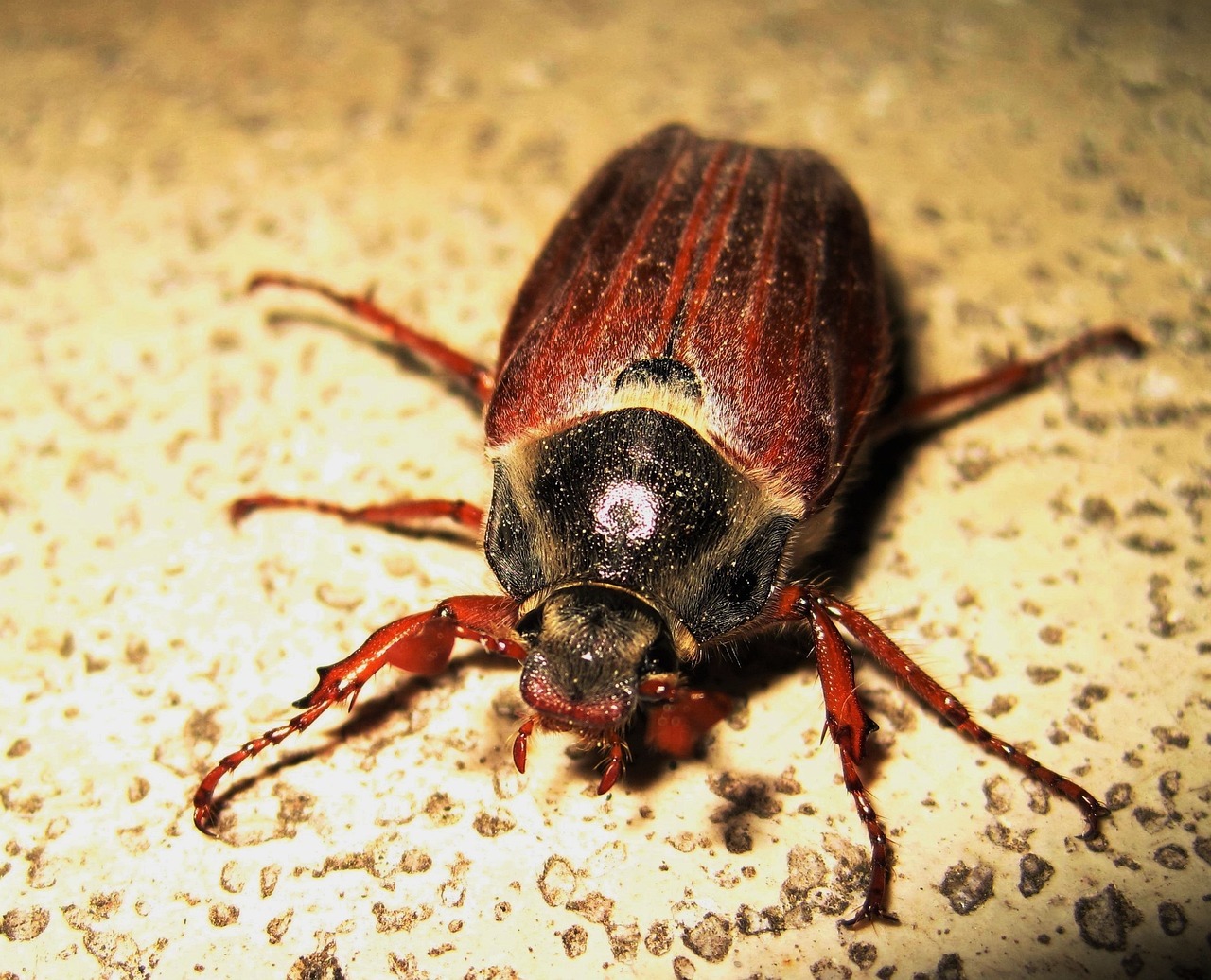Introduction
With each changing season, we bear witness to the emergence of various pests, a natural phenomenon influenced by climate, food sources, and nesting habits. Pest behavior is closely tied to seasonal fluctuations, with specific pests becoming more prominent at certain times of the year. A thorough understanding of seasonal pest behavior is instrumental in implementing effective pest control measures. This article delves into the specifics of what to expect and how to prepare for these unwanted guests and you can get further information on pest proofing your life from our friends at PestProofNation.com.
The Intricate Nature of Pests and Their Seasonal Life Cycle
Pests are broadly defined as any organism that poses a threat or nuisance to homes, agriculture, or any area where human activities occur. A comprehensive list of pests would include a broad spectrum of creatures, such as insects, rodents, and larger wildlife, each with unique behaviors and preferred habitats.
Many pests have life cycles that are intrinsically tied to the changing seasons. These cycles include various stages like hibernation, mating, reproduction, and resource accumulation, all timed according to seasonal changes. Recognizing and understanding these behaviors are critical first steps in pest management.
A Detailed Breakdown of Seasonal Pests
Winter Pests
As temperatures drop, the quest for warmth becomes a survival necessity for many pests. Rodents, particularly mice and rats, seek shelter in homes, garages, and other structures. These pests not only cause considerable structural damage with their gnawing habits but are carriers of various diseases, making their control a health priority. Sealing potential entry points like gaps in walls or doors and maintaining sanitary conditions are essential strategies to keep these pests at bay.
Spring Pests
The arrival of spring triggers a resurgence in pest activity. With temperatures rising, pests like termites, ants, and wasps exit their winter shelters and engage in colony building, a behavior that can lead to infestations. Regular inspections around your property, including hard-to-reach areas like attics and basements, are crucial to catching the early signs of these spring pests.
Summer Pests
Summertime presents ideal conditions for a variety of pests. Mosquitoes, ticks, and flies, among others, relish in the warm and moist conditions, leading to population booms. These pests are notorious for their bites, which can cause itchy skin reactions and, more concerning, can transmit diseases such as Lyme disease or West Nile virus. Keeping yards tidy, eliminating standing water (prime mosquito breeding grounds), and using insect repellents are all effective ways to reduce the risks associated with these pests.
Fall Pests
As the weather cools down in the fall, many pests start preparing for the winter months. Spiders, cockroaches, and rodents begin their search for warm, safe places to overwinter, with our homes often being a top choice. Maintaining a clean, clutter-free home, particularly in storage areas like garages or basements, can dissuade these pests from settling in.
In-Depth Strategies for Seasonal Pest Proofing Your Home
While some pest control strategies are universally applicable, others are season-specific and require a targeted approach.
Basic actions include maintaining a clean living environment to prevent attracting pests, performing routine checks for signs of pest activity, and securing your home by sealing off potential entry points.
Season-specific actions might involve checking heating systems for signs of rodents in the fall, inspecting wooden structures for termite damage in the spring, or taking steps to eliminate standing water during the mosquito-heavy summer months.
The Indispensable Role of Professional Pest Control Services
Despite our best efforts, some pest infestations prove too stubborn or extensive for home remedies and DIY approaches. This is where professional pest control services come into play. Equipped with advanced tools and access to commercial-grade pest control products, these professionals can effectively handle large-scale infestations.
Choosing a reliable pest control service should involve a thorough vetting process, ensuring they have positive customer reviews, proper licensing, and offer clear, upfront communication about their procedures and costs.
Conclusion
Being proactive in understanding and preparing for seasonal pests is an essential part of maintaining a safe and comfortable home environment. An integrated approach combining prevention, observation, and intervention can go a long way in ensuring effective pest management. Remember, it’s significantly easier, and often less expensive, to prevent a pest infestation than to deal with one that’s already established.
